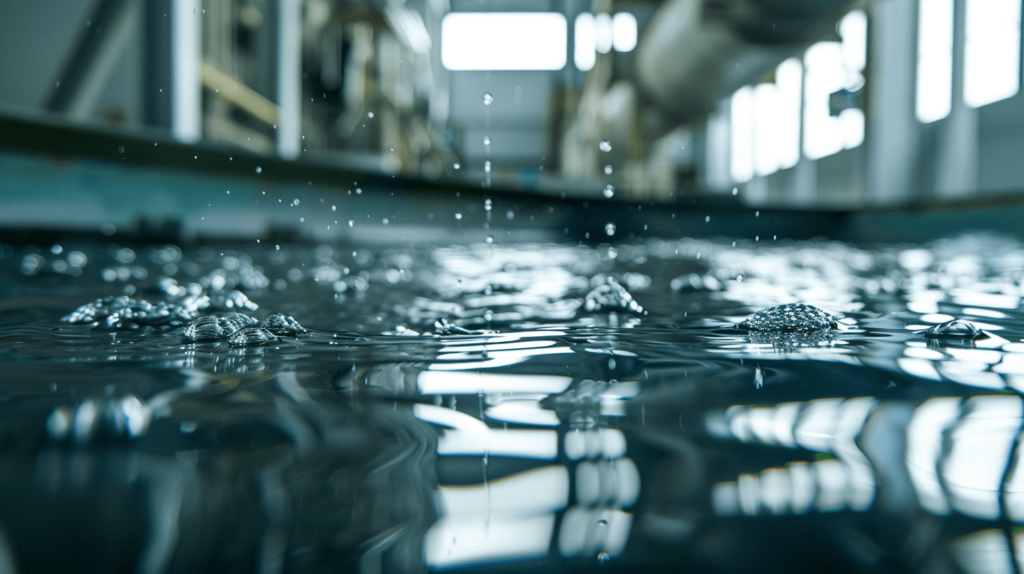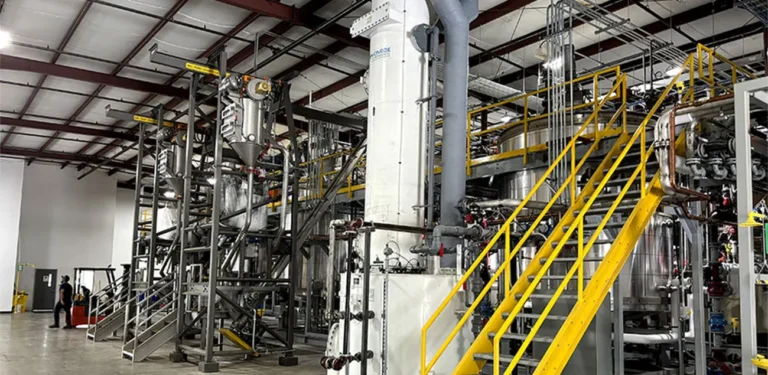
Clean water is a cornerstone of public health and environmental sustainability, yet it remains a limited resource worldwide. Advancements in water treatment technologies are essential to tackle this pressing issue. Among these, palladium-based catalysts are emerging as a promising solution for electrochemical water disinfection, offering greater efficiency, sustainability, and cost-effectiveness compared to traditional methods.
Challenges with Traditional Methods
Sodium hypochlorite (chlorine) is widely used for water disinfection in industries and swimming pools. However, this approach has significant drawbacks in industrial applications, including the need to store large quantities of hypochlorite, manage the disposal of expired reagents, and employ additional personnel to oversee the system. These challenges highlight the need for safer, more efficient alternatives.
Electrolysis: A Promising Alternative
Electrolysis of a table salt solution to produce hypochlorite on-site is gaining traction as an efficient and eco-friendly water disinfection method. Currently, catalysts based on iridium and ruthenium are employed in commercial water disinfection devices. However, palladium is proving to be a viable and more effective alternative.
Palladium’s Catalytic Potential
Dmitry Korolev, a leading chemist, noted that palladium demonstrates enhanced catalytic activity compared to iridium and ruthenium. "In the very near future, we will present a new technology, an electrode with palladium for electrochemical disinfection of water. We are currently synthesizing experimental samples and determining the optimal chemical composition," Korolev said.
He emphasized that palladium catalysts improve chlorine production efficiency, making the process more economical and accessible. Additionally, palladium-based catalysts require just 0.6 milligrams of the metal per unit, making the technology cost-effective despite palladium’s higher price compared to other catalytic materials.
Nornickel’s Role in Development
Nornickel, the world’s largest palladium producer, is actively developing a new palladium-based catalytic layer for application to electrodes. According to Vitaly Busko, Nornickel’s Vice President for Innovation, this technology could eventually become a standard for water disinfection and even extend to drinking water treatment.
Researchers are exploring synergistic effects by combining palladium with other platinum group metals, aiming to enhance catalytic properties and extend the service life of palladium-based coatings. Initial findings indicate that palladium's use in electrochemical disinfection is more environmentally friendly and efficient, offering higher water treatment rates and potential for deeper purification.
Future Prospects
Experimental prototypes of palladium-based compounds are currently undergoing laboratory testing to refine their chemical composition. Once trials are completed, Nornickel plans to introduce a commercial electrode with palladium for electrochemical water disinfection.
This new technology allows for increased catalyst activity and chlorine output per unit of electricity, making the process more efficient and accessible. It has the potential to revolutionize the water treatment industry, offering a sustainable solution for crystal-clear and bacteria-free water on a global scale.
A Game-Changer for Clean Water Access
The integration of palladium in electrochemical water disinfection devices could address one of the most critical global challenges: ensuring clean water access. By enhancing efficiency, reducing environmental impact, and lowering operational costs, palladium-based technologies promise to transform water treatment and provide a scalable solution for both industrial and residential applications.



